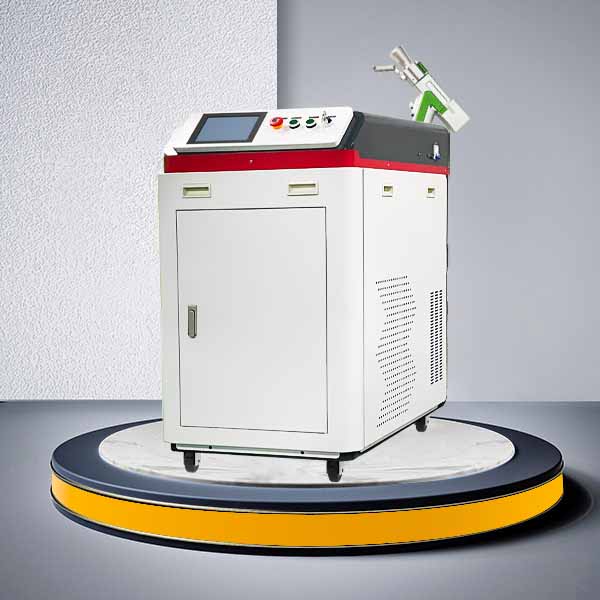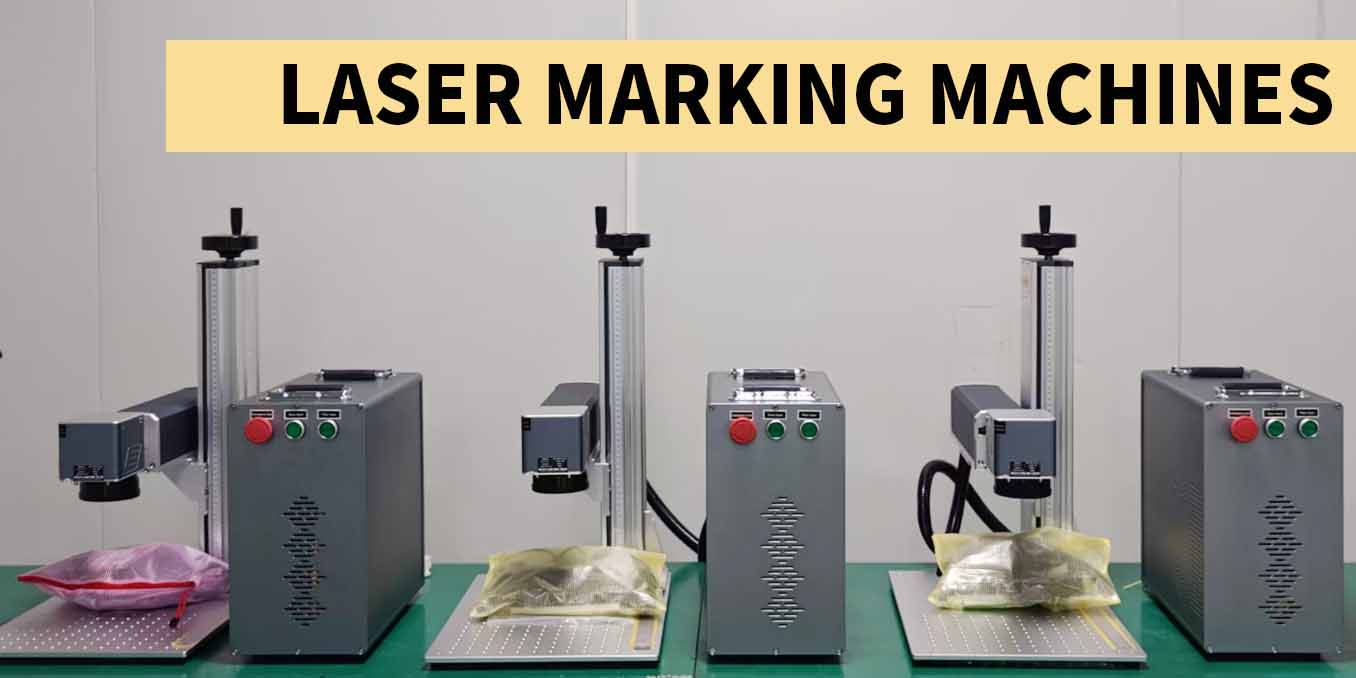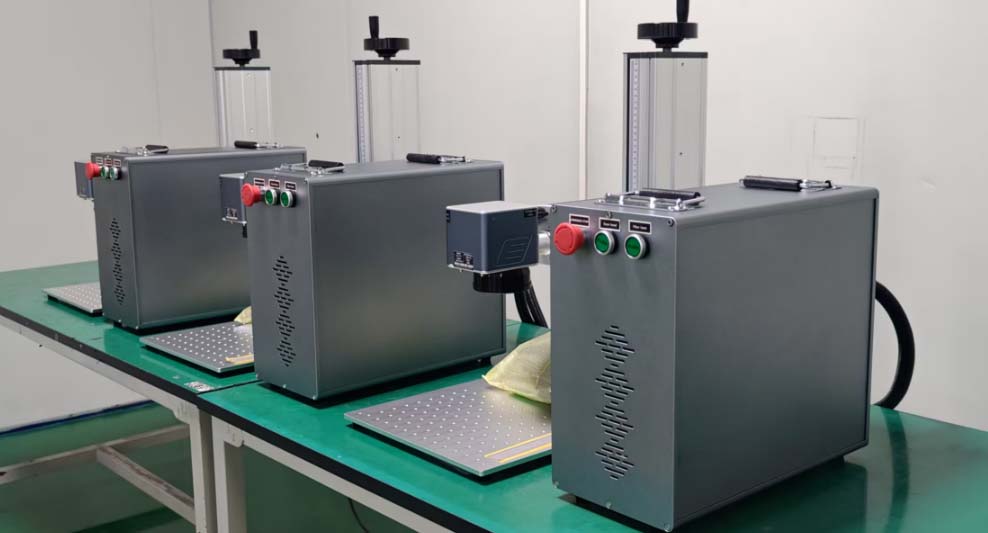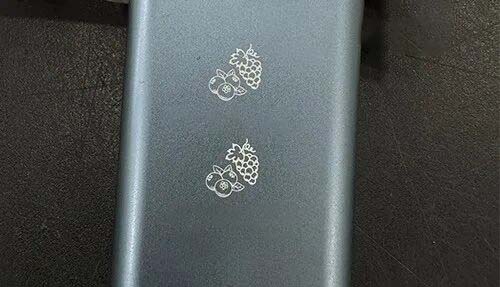
When selecting a laser cleaning system, one of the key decisions you’ll face is whether to go for a pulsed or continuous wave (CW) laser. This decision often involves balancing the need for speed and heat control with the level of precision required for the job. The ideal choice depends on various factors, including the type of material you’re cleaning, the coatings you’re working with, and the level of risk you’re willing to tolerate for potential surface damage.
Core Differences Between Pulsed and CW Lasers
A pulsed laser works by firing short, high-energy bursts of light. These bursts are very brief but carry a high peak power. This results in minimal bulk heat transfer, which makes it ideal for delicate or heat-sensitive parts, as well as materials with tight tolerances, such as thin metals, composites, and elastomers.
On the other hand, a continuous wave (CW) laser emits a steady beam of energy over time, gradually transferring heat into the layer being cleaned. While this process is more efficient for cleaning larger, thicker areas like heavy rust or scale, it can lead to higher heat accumulation in the substrate, which might not be suitable for delicate materials.
Practical Application: When to Choose Each Type
Pulsed Lasers: Ideal for cleaning thin, heat-sensitive substrates or parts that require tight tolerance control. It’s also the better option for delicate parts like composites or elastomers, where excessive heat could lead to deformation or damage.
CW Lasers: Best for cleaning robust materials such as thick metals or large areas that need rapid cleaning. This is particularly beneficial when high throughput is required, like in industrial cleaning of rust or large panels.
Sometimes, a combination of both is necessary: you might use a CW laser for cleaning large surface areas and then switch to a pulsed laser for more intricate cleanup work, such as edges or delicate features.
Real-World Example: Aerospace Application
Aerospace companies often face unique cleaning challenges. One such case involved an aerospace client who needed to remove paint from complex engine parts. These parts had tight tolerances and were surrounded by heat-sensitive coatings and seals. Traditional methods, like sanding, posed a risk of scratching, and chemical cleaning left residue. By switching to a pulsed laser system, the team was able to lift the paint with high peak power while minimizing heat impact on the delicate parts. The result was that the parts stayed within tolerance, leading to less rework and longer-lasting equipment. This change improved both line speed and overall product quality, and the project is still used as a training case to this day.
Choosing the Right Laser for Your Application
Here’s a quick selection checklist:
Substrate: Choose pulsed lasers for thin, heat-sensitive materials or those requiring tight tolerances. Opt for CW lasers for thicker, more robust metals like steel.
Coating: Pulsed lasers are ideal for thin coatings, like paint or oxide layers. CW lasers are more effective for thicker rust or scale removal.
Area: Use pulsed lasers for small, detailed areas and CW lasers for large, open spaces.
Finish: If you require strict control over the surface profile, pulsed lasers are the better choice. For tasks like pre-welding or pre-coating, either laser type could work depending on the specifications.
Additionally, you’ll need to consider the facility setup—proper fume control and the available power will play a significant role in choosing the right system for your needs.
Comparing the Cleaning Efficiency of 1.5kW, 2kW, 3kW, and 6kW CW Lasers
When selecting the right power level for your laser cleaning machine, speed and control are essential factors to balance. Higher power generally leads to faster cleaning speeds, but it also increases the risk of heat buildup, which can damage the material being cleaned. The goal is to find the right balance of power to match the part size, coating thickness, and daily output needs.
How Efficiency Works in Practice
Efficiency in laser cleaning is defined by how much area you can clean per hour at an acceptable finish. This depends not just on the power but on other factors like the material’s absorption rate, scan width, and operator skill. For example, a well-tuned 2 kW laser might outperform a poorly configured 3 kW system.
Cleaning Efficiency Based on Power:
Here’s a rough guide based on field data from cleaning painted mild steel with rust underneath:
1.5 kW CW: 3–6 m²/h for light paint; 1–2 m²/h for heavy layers.
2.0 kW CW: 5–9 m²/h for light paint; 2–4 m²/h for heavy layers.
3.0 kW CW: 8–14 m²/h for light paint; 4–6 m²/h for heavy layers.
6.0 kW CW: 15–25 m²/h for light paint; 7–12 m²/h for heavy layers.
These values are based on real-world shop data and can vary depending on factors like surface color and oxide depth. For instance, darker coatings tend to absorb more energy, which can increase the cleaning speed.
Cost and Utility Considerations
Higher power lasers come with higher upfront costs and increased power consumption. However, the additional cost can often be justified by significant reductions in labor hours and lead times, especially for large cleaning jobs. If you’re dealing with high-volume, low-mix parts, a 6 kW machine may offer the best throughput. On the other hand, if you work with smaller, mixed parts, a 2 kW system can be more cost-effective and flexible.
Before selecting the power level, consider the monthly volume of parts you need to clean, as well as the available power and safety infrastructure. It’s also essential to factor in the extraction and fume control systems, as these need to be sized appropriately to handle the machine’s output.
Final Thoughts
Choosing the right laser cleaning system requires careful consideration of the material, coating type, and desired finish. Pulsed lasers are ideal for delicate materials or precise cleaning tasks, while CW lasers excel at high-speed, heavy-duty cleaning for larger surfaces or tougher contaminants. By balancing these factors, you can select the best solution to meet your needs while optimizing efficiency and cost.






